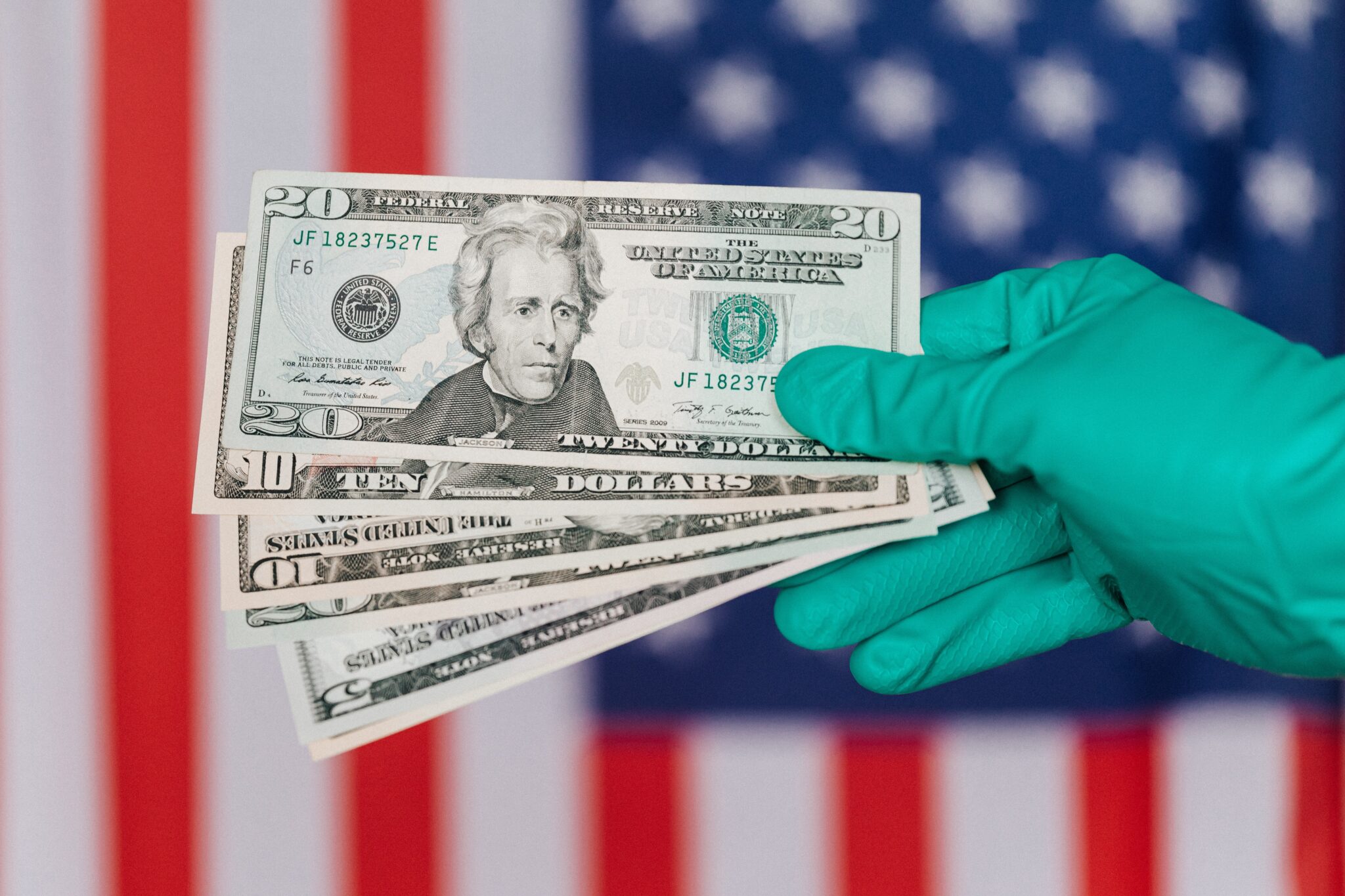As we entered the new year, the focus was on how markets would respond to the Fed’s shift to a more hawkish policy stance. That process is already well underway, and markets now seem fully priced to what the Fed is likely to do over the next couple of months. Beyond that, however, stock prices and bond yields do not yet reflect how much the Fed will have to tighten to stabilize inflation and bring it down to a comfortable level.
When inflation surged in the spring of last year, the consensus was that it was entirely pandemic-related and would return to previous levels once COVID passed and associated supply-chain bottlenecks were resolved. But inflation ended up higher and more persistent than expected, and it has now gained sufficient momentum to become self-reinforcing. Pipeline inflation pressures—prices paid by producers for their inputs into goods production—rose last year by 10 percent for final goods and 25 percent for intermediate goods, and there is no sign that they are easing. Meanwhile, labor costs—which are the largest component of business expenses—are surging in response to an unusually rapid tightening in the labor market. The unemployment rate dropped from nearly 15 percent to 4 percent in a mere 20 months—a size and speed not experienced in some 70 years. Record highs for job openings and quit rates add to evidence of the excess demand for labor. All of this is continuing to put upward pressure on the prices producers charge to consumers.

Labor shortages should ease somewhat as the pandemic fades; after all, many people remain out of work because they are sick, caring for someone who is or staying home to care for children who are either out of school or lacking sufficient daycare. But the surge in inflation is not just about pandemic-related supply shortages; the main cause is excessive demand for goods. Massive government stimulus boosted household incomes, and the increase in time spent at home created unusually strong demand for household goods such as furniture, electronics and home office and exercise equipment. Meanwhile, with many services such as travel, entertainment and dining at restaurants largely off limits, people had more money to spend on goods. As a result, U.S. consumers bought a record amount of goods in 2021, with foreign producers delivering more goods to American households than ever before. Unlike the services sector which remains below capacity, goods demand fully recovered to pre-pandemic levels by the end of 2020 and now stands well above where pre-pandemic trends suggested it would be by now.
Restrictive monetary policy would not necessarily be required if the economy slows down on its own, but that is unlikely to happen. While we are currently in a slowdown phase, activity will re-accelerate as the omicron variant fades. More importantly, there are a number of reasons why economic growth will remain strong beyond the next few months:
- Contrary to what we’ve experienced in the aftermath of previous recessions, household and business balance sheets are very healthy, bolstered by massive government support as well as spectacular gains in household wealth and excess savings. Meanwhile, banks are well-capitalized and flush with liquidity.
- Cyclical sectors, such as inventories and manufacturing, are at unusually low levels in the face of strong demand. Manufacturers are in the process of rebuilding inventories—as seen in the recent pickup in auto production—and capital goods orders have remained strong. Housing—another key cyclical sector—is booming, and while house prices, sales and inventories are all exhibiting trends last seen in the 2006 boom, neither households nor builders are even close to being over-extended.
- Finally, while the Fed has signaled its readiness to start hiking rates and end its bond-buying program in March, its policy stance remains historically stimulative and will probably continue to be so throughout most of this year.
The persistence of high inflation and strong demand means that the Fed will need to hike rates enough to slow the economy. While markets now seem priced for the withdrawal of policy stimulus that will take place over the next several months, they do not reflect the extent to which policy rates will have to rise over the next couple of years. Fed funds futures imply an overnight rate of around 1.75 percent by the end of 2023, somewhat below what the vast majority of economists—including those at the Fed—consider neutral (a rate that neither stimulates nor restricts economic activity). It is not clear at this point how high rates will have to go over the next couple of years to stabilize inflation, but it is very likely that the implied policy rate for end-2023 is currently off by at least 150 basis points, suggesting a Fed funds rate of over 3 percent.

If it turns out that the Fed needs to hike rates much more than is currently expected over the next couple of years, the selloff in stocks and bonds will probably have more to run before the year is out. The market adjustments we’ve seen over the past month are probably enough for now. After all, the Fed is likely to be deliberate over the next few months in its withdrawal of policy stimulus. The pattern of the virus is highly uncertain, and policymakers will want to observe how demand and inflation evolve before taking aggressive action. But as the year progresses and it becomes increasingly clear that economic growth is too strong to get inflation down to a sustainably reasonable level, markets will be forced to adjust to the reality that Fed policy needs to become outright restrictive.







